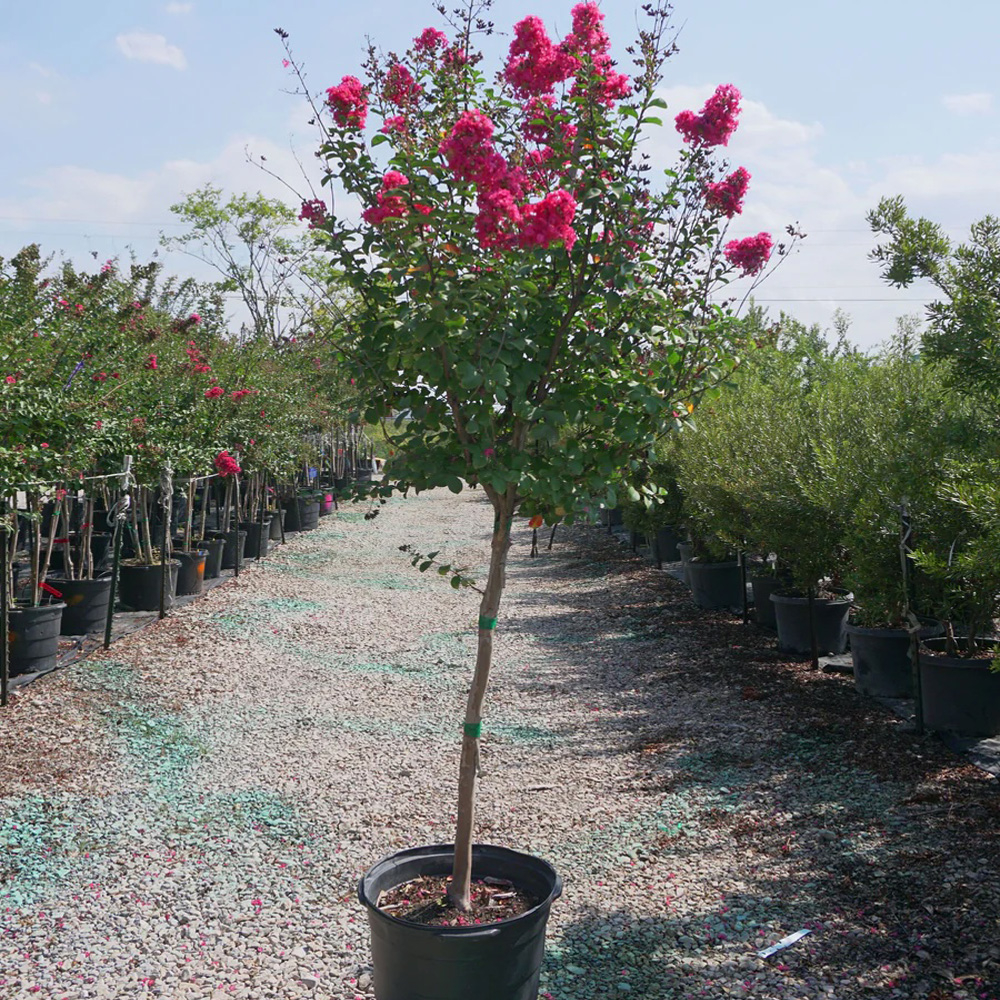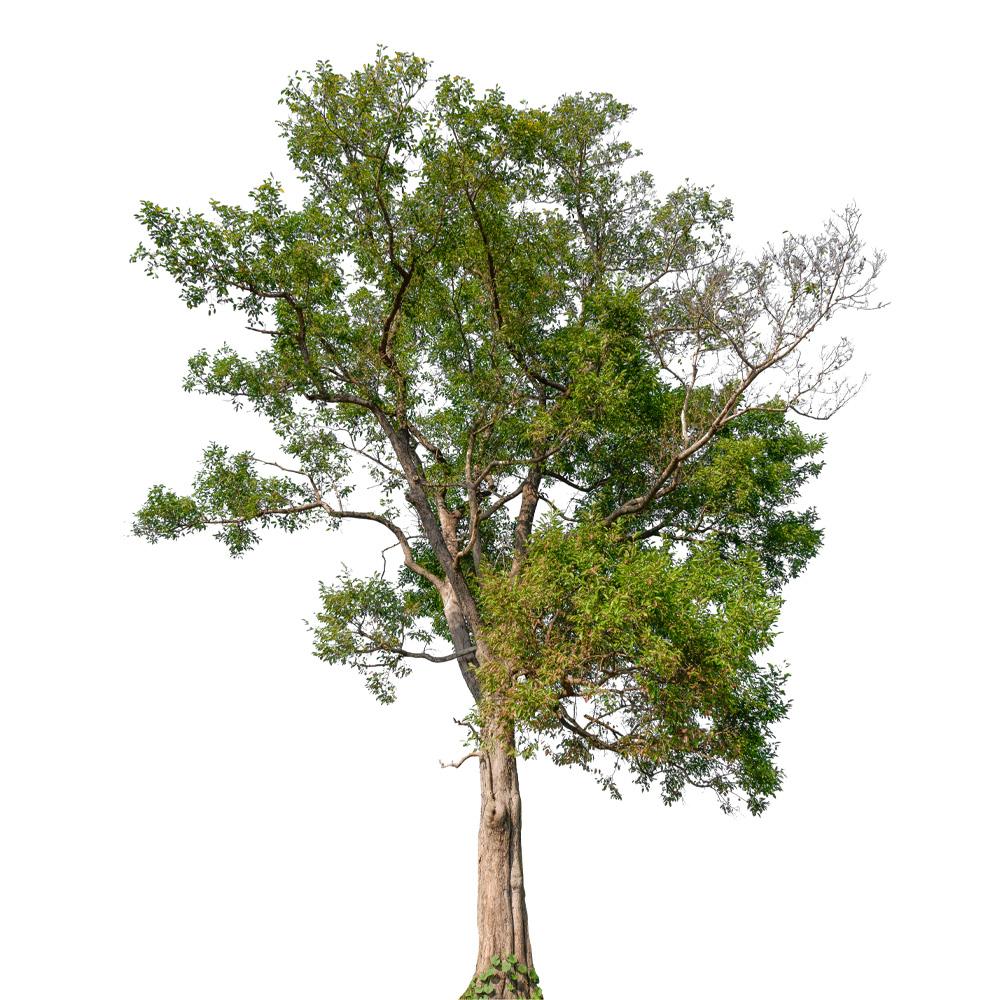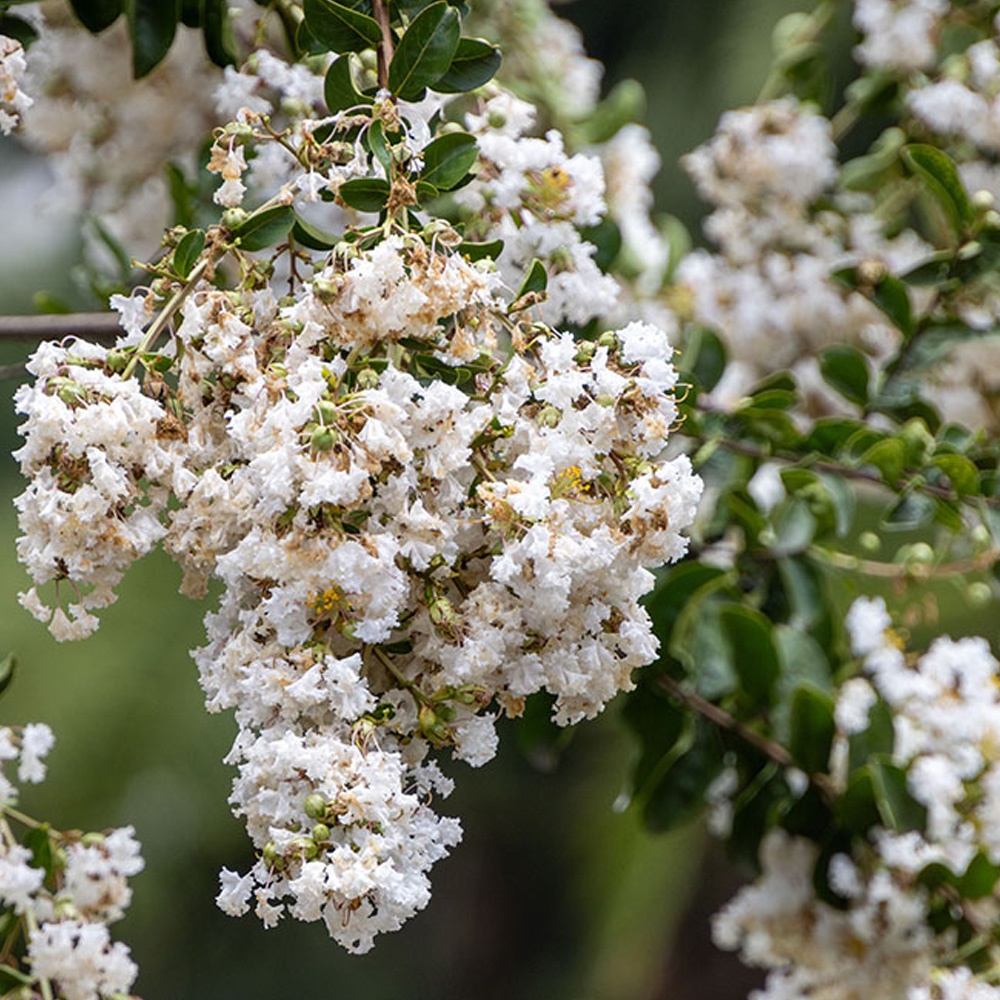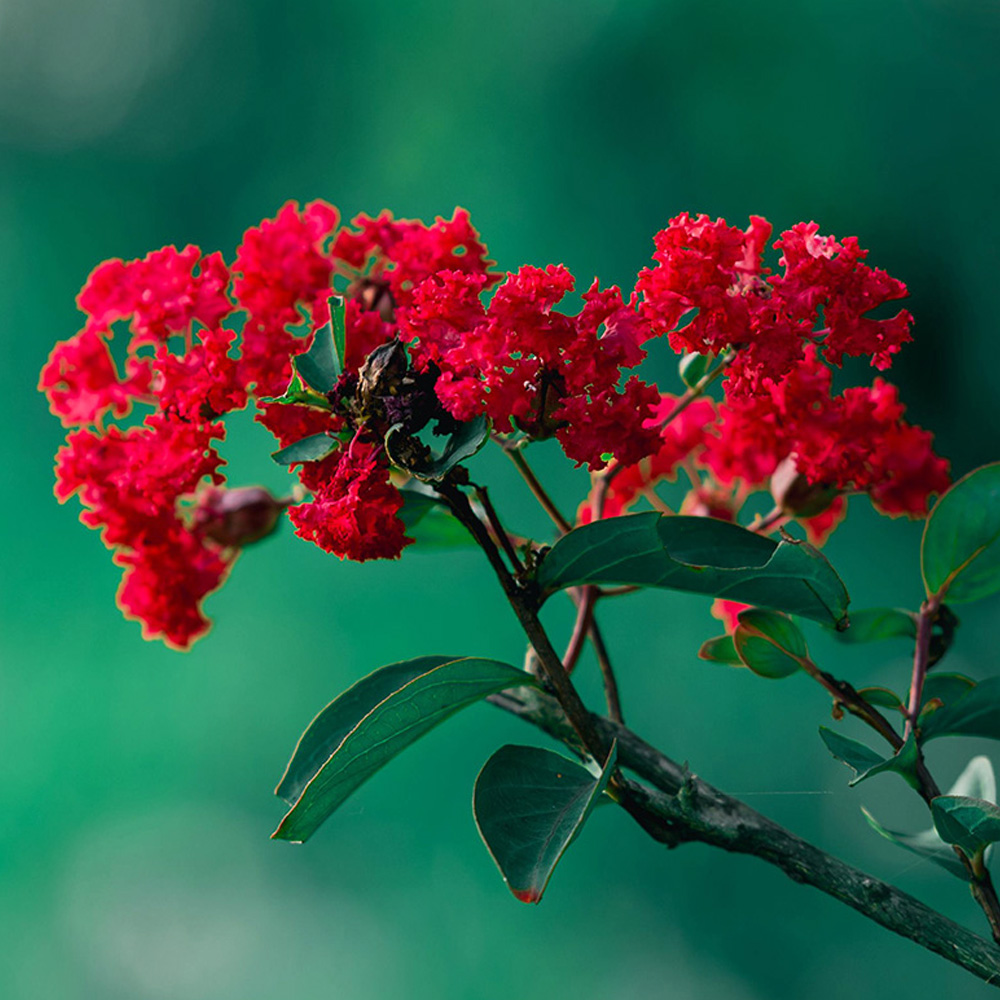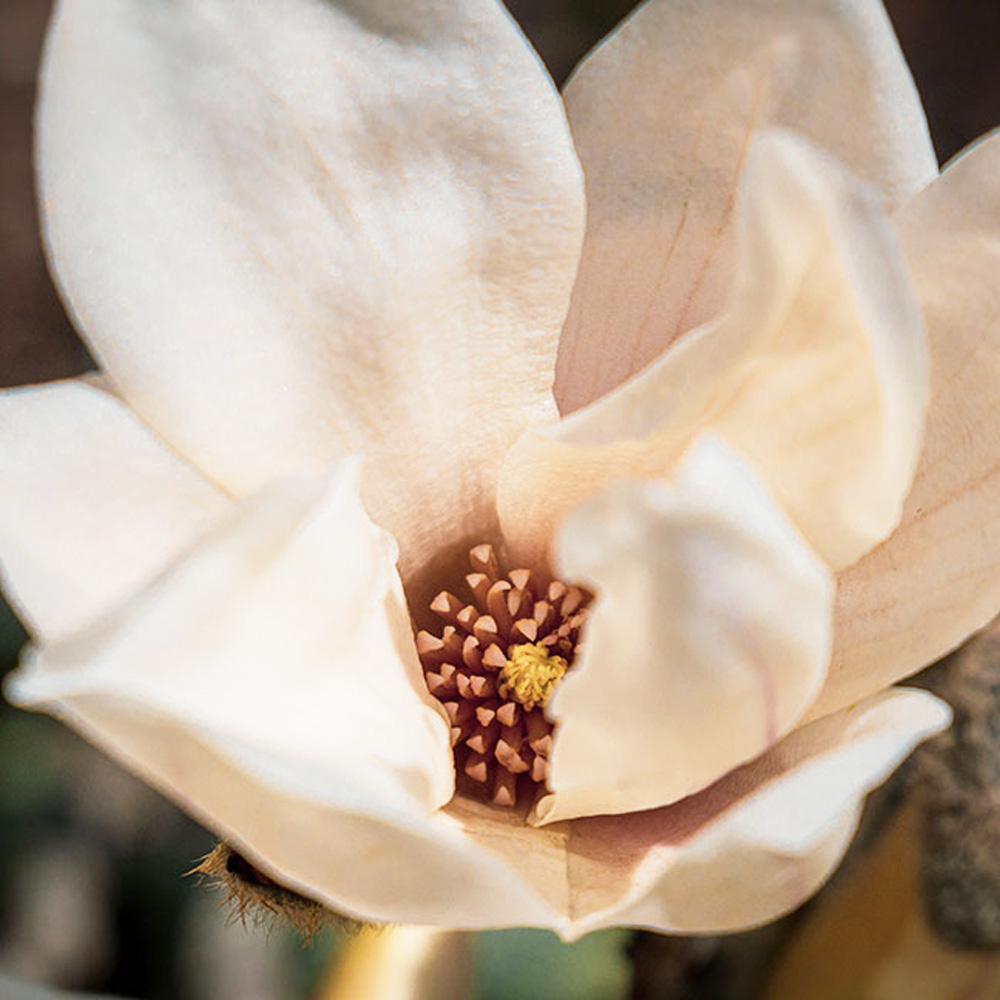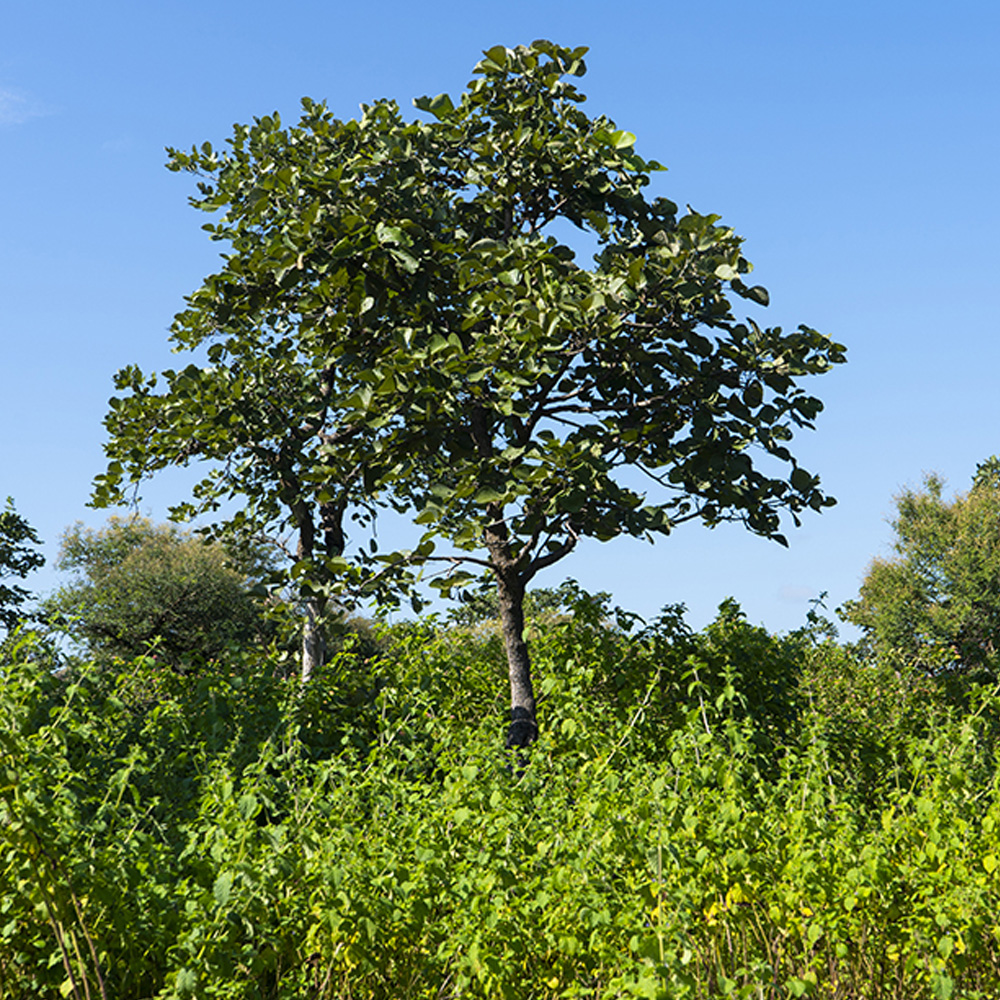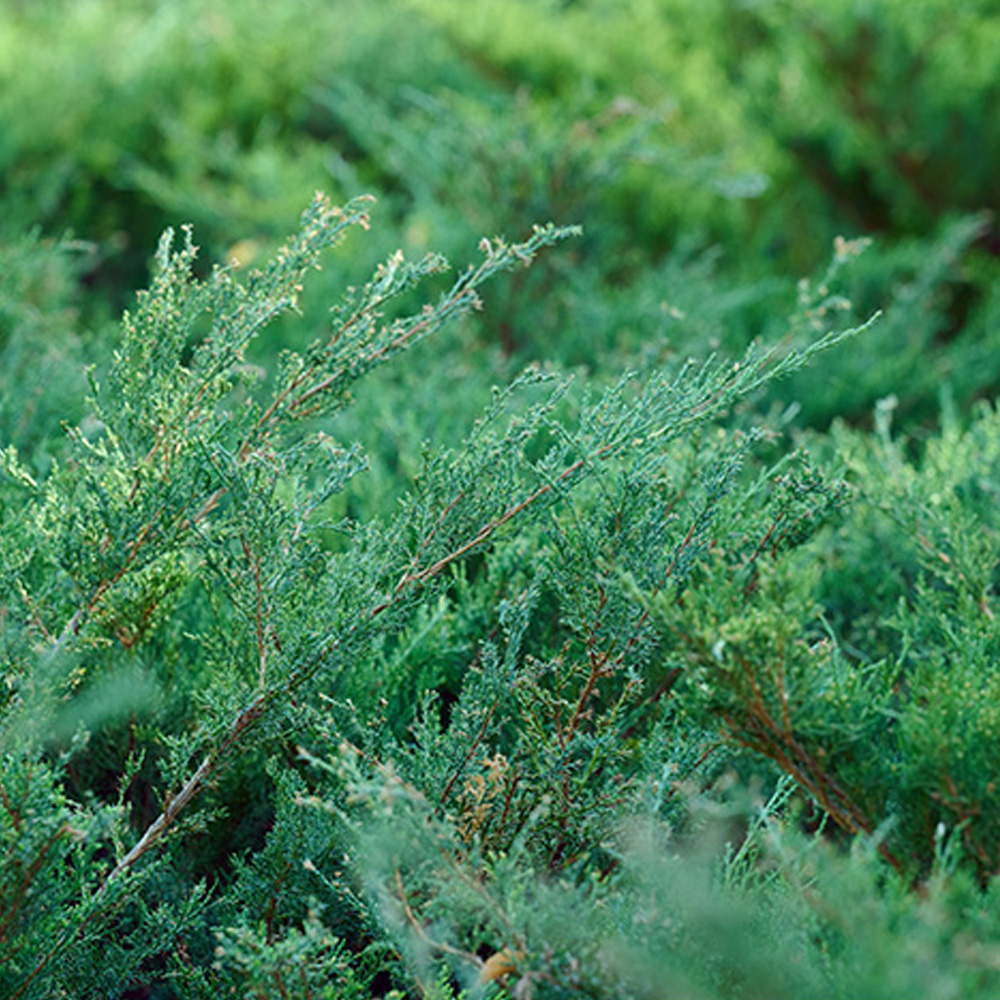Description: Live Oak (Quercus virginiana) is a large, majestic evergreen tree known for its sprawling, wide canopy and thick, gnarled branches. The tree's dark green, leathery leaves provide year-round shade and beauty. Live Oak is a symbol of strength and endurance, often used as a focal point in large landscapes and parks. Its extensive root system and sturdy trunk make it resistant to high winds and storms.
History & Origin: Native to the southeastern United States, Live Oak has been a significant part of the region's natural and cultural heritage for centuries. The tree was highly valued by Native American tribes for its wood, which was used for building and tools. Live Oak was also a preferred material for shipbuilding in the 18th and 19th centuries due to its strength and durability. In its native habitats, Live Oak often grows in coastal areas, hammocks, and along riverbanks.
Care Instructions:
Sunlight: Plant in full sun.
Soil: Prefers well-drained, sandy loam soil.
Watering: Regular watering, especially during dry periods; drought-tolerant once established.
Fertilization: Apply balanced fertilizer in early spring.
Pruning: Prune in late winter to remove dead or damaged branches and maintain shape.
Pests/Diseases: Watch for oak wilt, aphids, and scale insects; ensure good air circulation to prevent disease.
Other Details:
USDA Zones: 7-10
Temperature: 0°F to 100°F
Humidity: Adaptable
Root System: Extensive, deep
Growth Rate: Slow, 20-50 years to maturity
Mature Size: 40-80 feet tall, 60-100 feet wide
Attracted Insects: Bees, butterflies, birds
Complementary Plants: Azalea, Camellia, Ferns, Gardenia
function toggleAccordion(index) {
const contents = document.querySelectorAll('.accordion-content');
contents.forEach((content, i) => {
content.style.display = i === index ? (content.style.display === 'block' ? 'none' : 'block') : 'none';
});
}

